
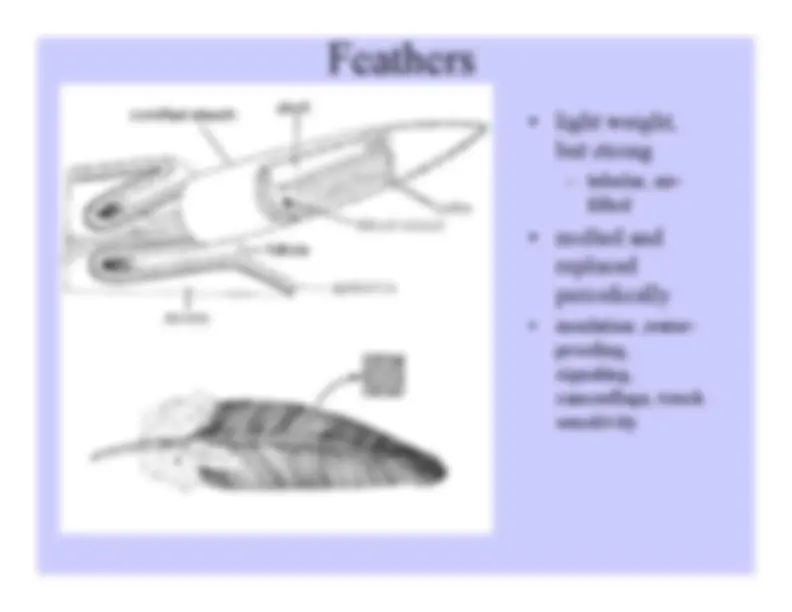
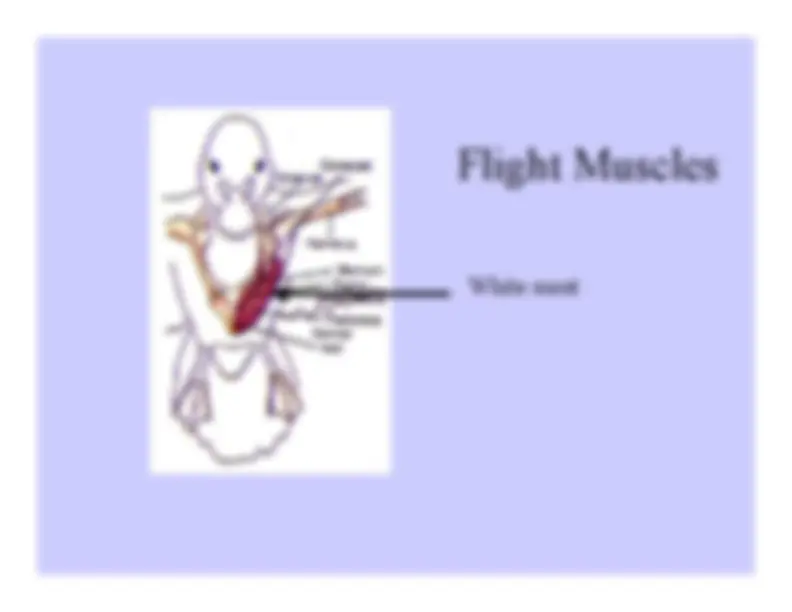
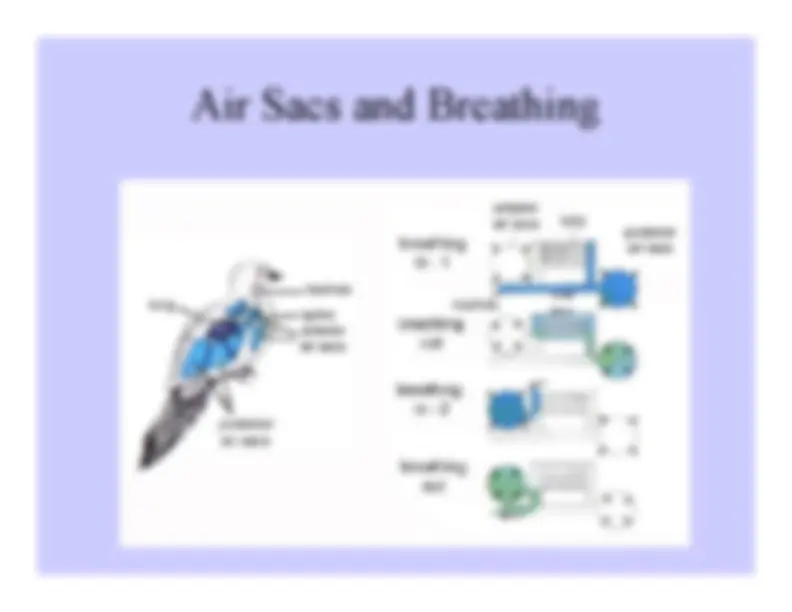
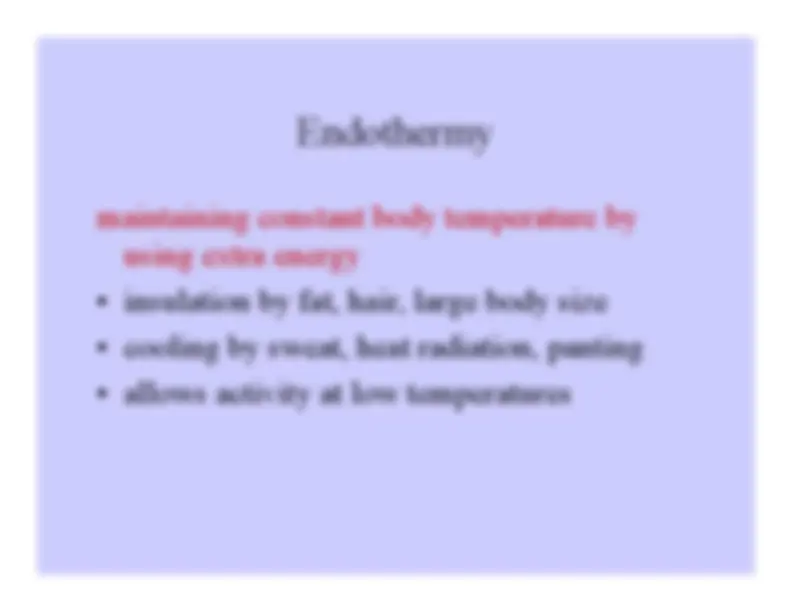

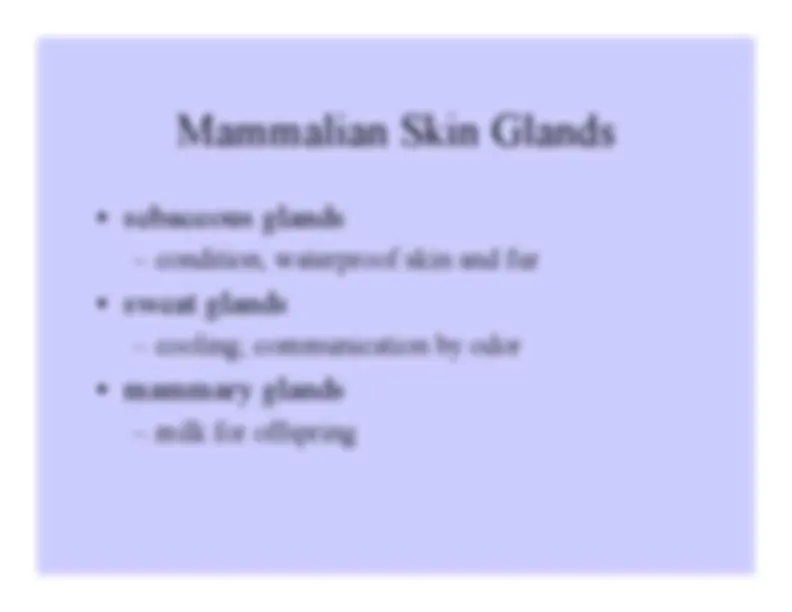
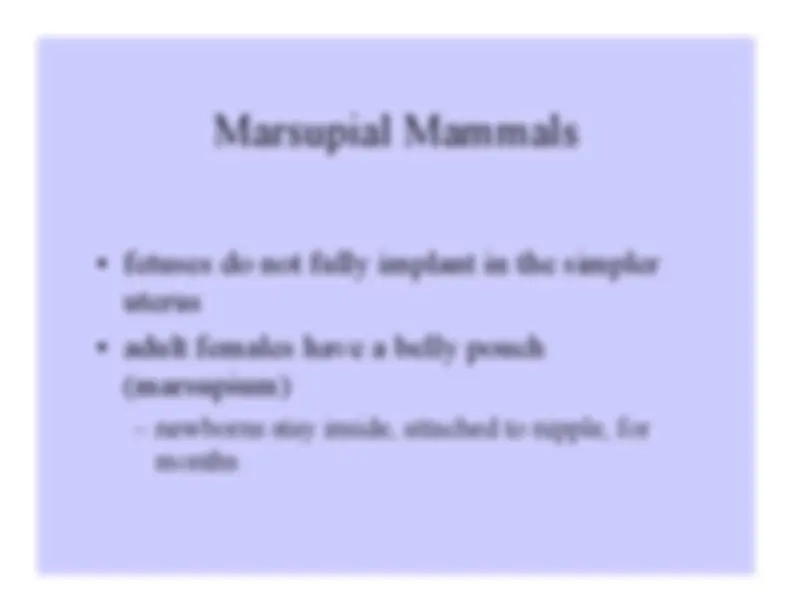
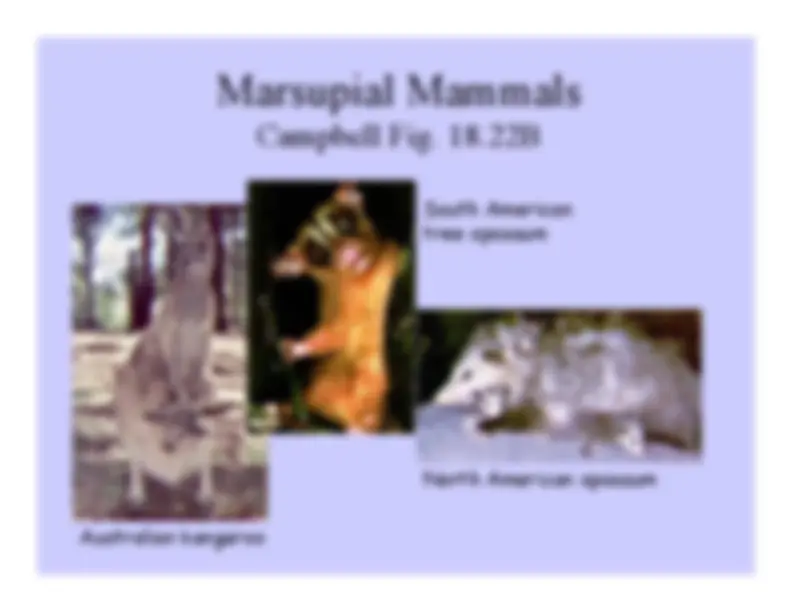
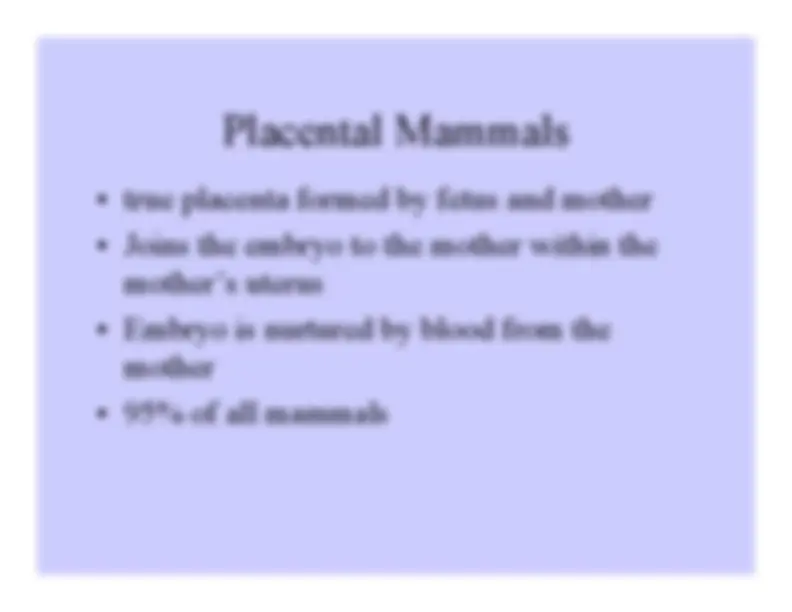
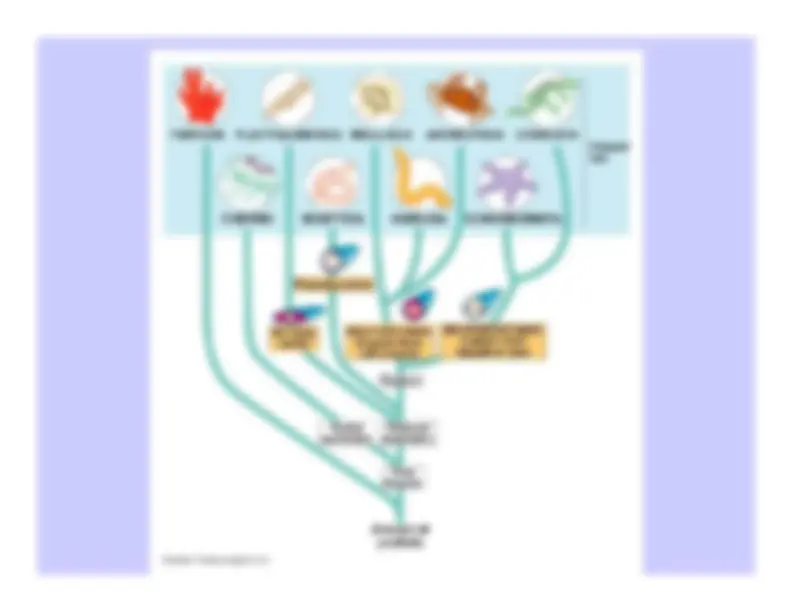


Study with the several resources on Docsity

Earn points by helping other students or get them with a premium plan


Prepare for your exams
Study with the several resources on Docsity

Earn points to download
Earn points by helping other students or get them with a premium plan
Community
Ask the community for help and clear up your study doubts
Discover the best universities in your country according to Docsity users
Free resources
Download our free guides on studying techniques, anxiety management strategies, and thesis advice from Docsity tutors
An overview of the anatomy and adaptations of birds and mammals, including their shared and distinct features. Topics covered include the anatomy of birds, such as their amniotic eggs, feathers, and flight muscles, as well as the adaptations of mammals, such as their endothermic metabolism, hair, and mammary glands. The document also discusses the differences between oviparous and placental mammals, and includes figures for reference.
Typology: Study notes
1 / 18

This page cannot be seen from the preview
Don't miss anything!











White meat
maintaining constant body temperature by using extra energy
Heterodont - a standard four tooth types:
Incisors - Canines - Premolars - Molars
Campbell Fig. 18.22B South Americantree opossum North American opossum Australian kangaroo